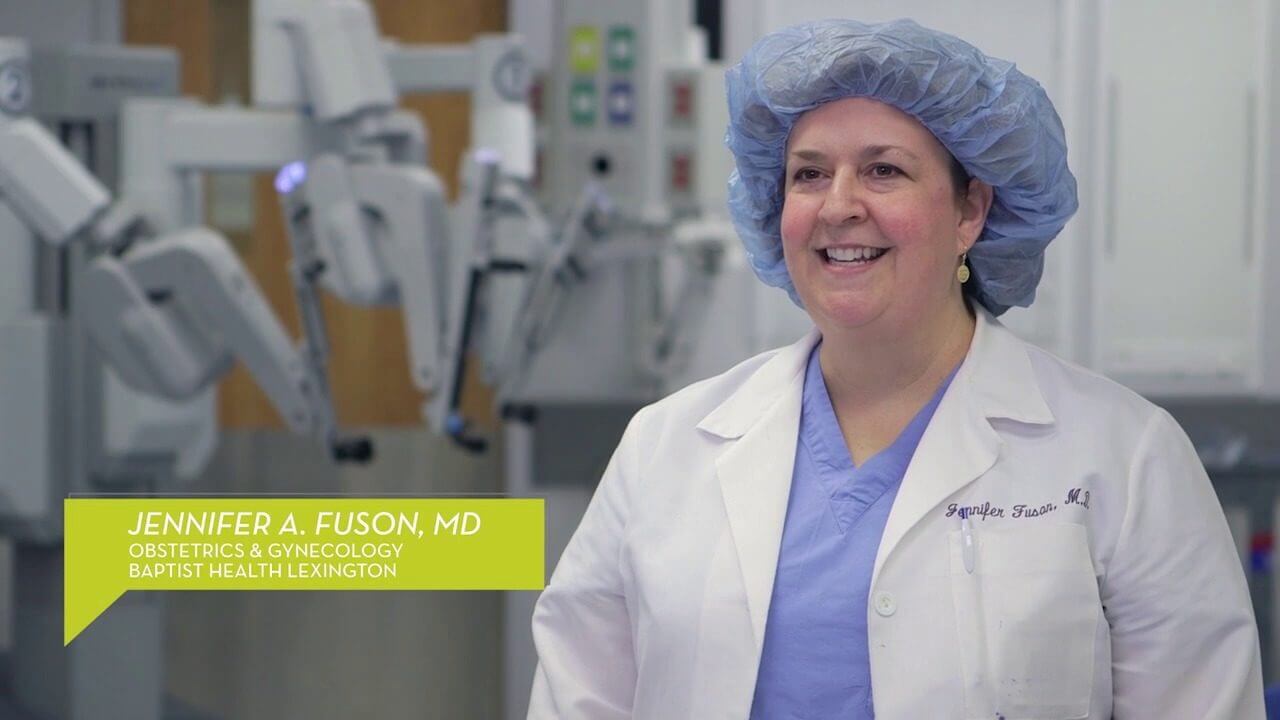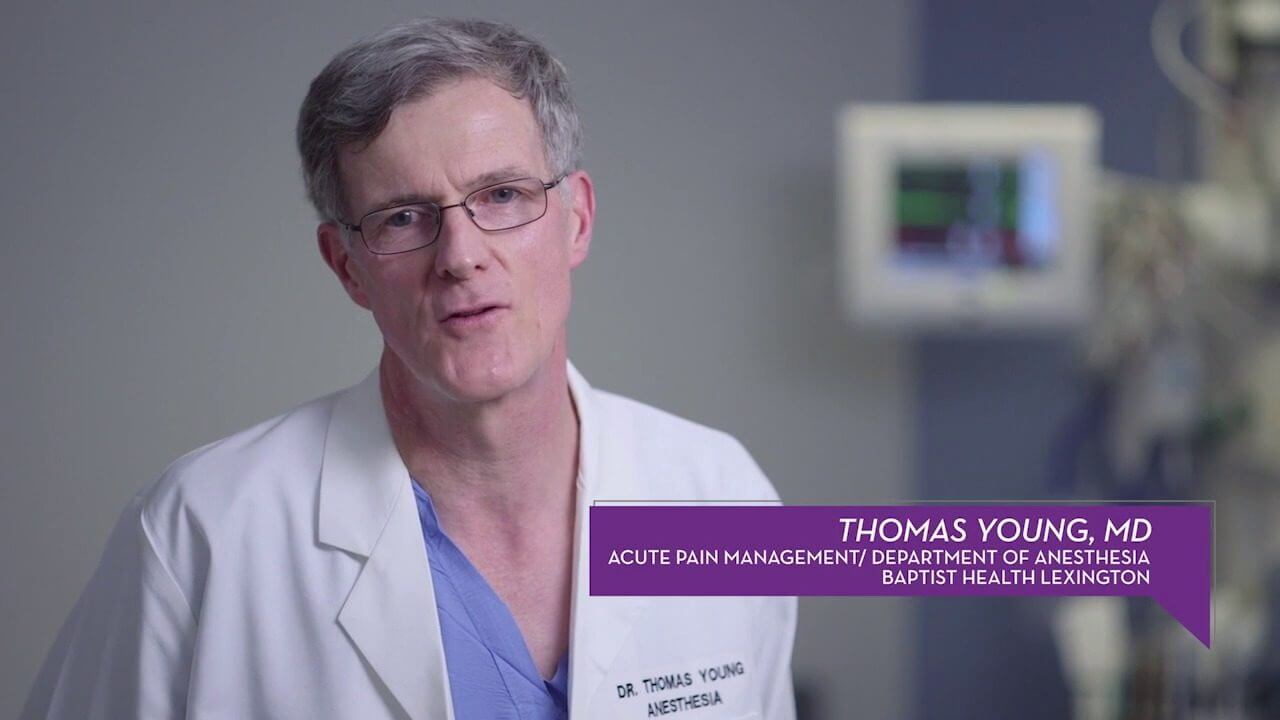Utilizing SpyGlass Technology with Endoscopy Procedures in Lexington
Baptist Health Lexington: Utilizing SpyGlass Technology with Endoscopy Procedures
Baptist Health uses SpyGlass technology in endoscopy procedures that examine the bile ducts and pancreas. Learn how SpyGlass procedures assist with the diagnosis and treatment of gastrointestinal conditions, such as gallstones.
Utilizing SpyGlass Technology with Endoscopy Procedures in Lexington HealthTalks Transcript
Adalberto Castellanos, MD, Gastroenterology:
Spyglass is a technological advance in our ability to visualize the bile ducts and pancreatic ducts to treat and diagnose diseases of the bile duct system and the pancreatic ducts.
Spyglass is a two-layer system. The first layer is passing the duodenoscope through the mouth down into the stomach and past the stomach, so we can see the opening of the bile ducts. The second layer is actually the Spyglass, which we pass through the scope and then we can insert up into the bile ducts. Prior to the Spyglass, we had to see things in a silhouette or a contour, but with the Spyglass, we can pass it into the bile ducts and directly visualize either a stone or a tumor.
Patient outcomes are improved with the Spyglass, as it minimizes the amount of procedures necessary to establish a diagnosis or to finalize treatment. For example, for a large stone, in years past, we would have to go in multiple times to break up the stone, place a stent. Now, we can go in and with shock waves, we can actually destroy large stones in one single setting. By the same token, many times an individual with a tumor in the bile duct or pancreatic duct would need multiple procedures, and this is cut down with the Spyglass that can target biopsies and more effectively, establish a diagnosis.
We’re excited that we’re able to offer this therapeutic modality and diagnosing modality, because without it, patients would need to go elsewhere to seek this care.
The Baptist Health Foundation Lexington continues a heritage of service and leadership by fostering partnerships that further enhance the quality of medical care at Baptist Health Lexington. This equipment, the SpyGlass Visualization System® Digestive Health Services – Celebration of Care, was purchased by the Foundation and we thank them for making this possible! Learn more at SupportBaptistHealth.com



